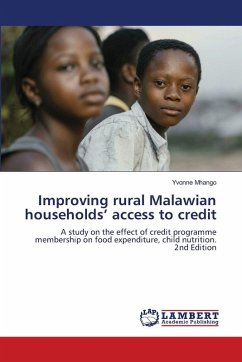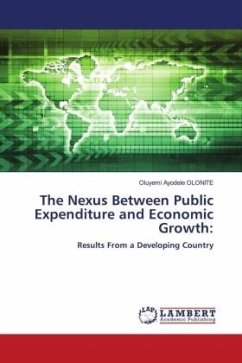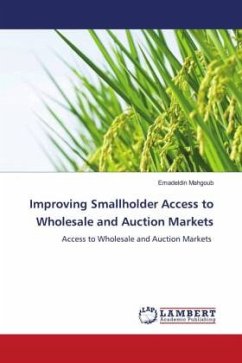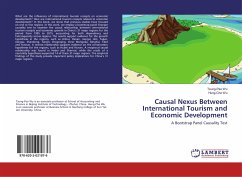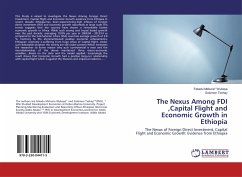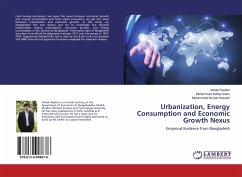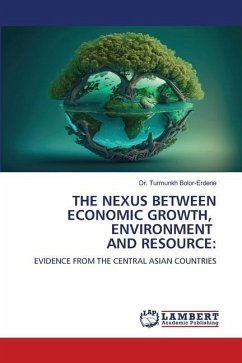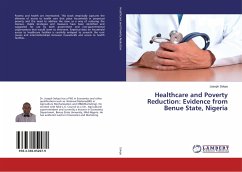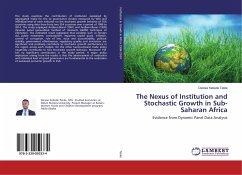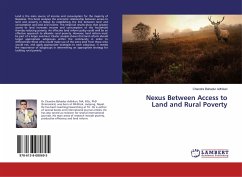
Nexus Between Access to Land and Rural Poverty
Versandkostenfrei!
Versandfertig in 6-10 Tagen
19,99 €
inkl. MwSt.

PAYBACK Punkte
10 °P sammeln!
Land is the main source of income and consumption for the majority of Nepalese. This book analyses the economic relationship between access to land and poverty in Nepal by establishing the link between land and consumption and land and income. The empirical results show that greater access to land increases income and consumption of the household thereby reducing poverty. An effective land reform policy could well be an effective approach to alleviate rural poverty. However, land reform must be part of a larger overhaul. Cluster analysis shows that land reform should target appropriate subgrou...
Land is the main source of income and consumption for the majority of Nepalese. This book analyses the economic relationship between access to land and poverty in Nepal by establishing the link between land and consumption and land and income. The empirical results show that greater access to land increases income and consumption of the household thereby reducing poverty. An effective land reform policy could well be an effective approach to alleviate rural poverty. However, land reform must be part of a larger overhaul. Cluster analysis shows that land reform should target appropriate subgroups within the community in order to differentiate those who would make use of the extra land from those who would not, and apply appropriate strategies to each subgroup. It reveals the importance of subgroups in determining an appropriate strategy for tackling rural poverty.



